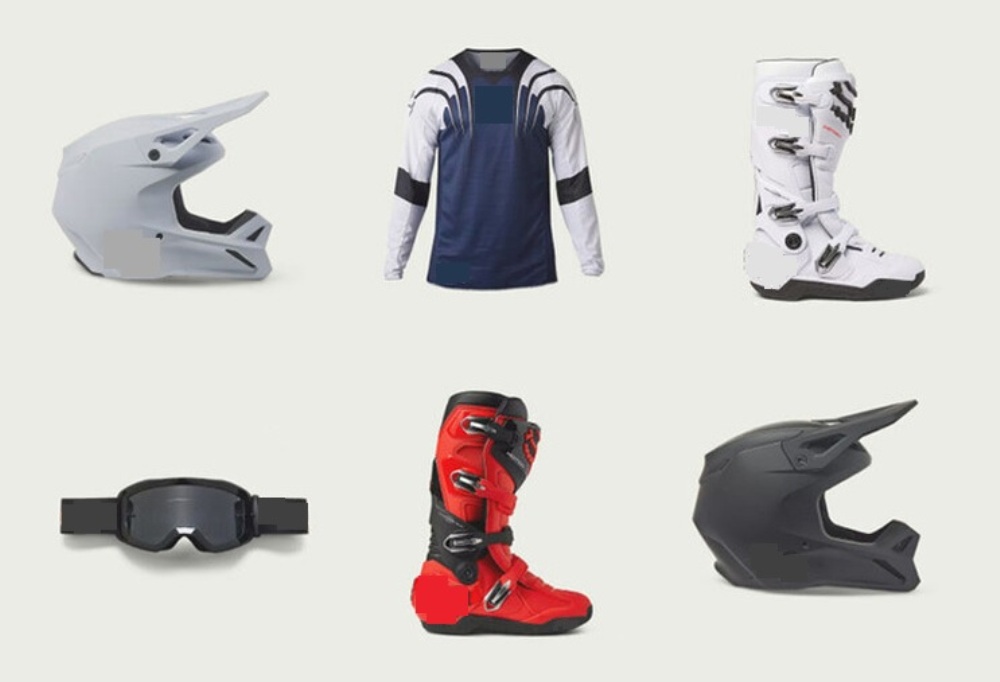
The global market for rheumatoid arthritis treatments is expected to grow at a CAGR of...
Learn More
Our consulting solutions address company specific challenges with respect to micro environment...
Learn More
Organizations frequently need day-today research guidancein order to gain strategic...
Learn More
Exploring different areas of market research and market analysis is a key factor...
Learn MoreAcute Market Reports presents the most extensive global business research services across industries. Our research studies focus on potential outcomes, benefits, and risks associated with each market segment across geographies. Having served our global clients for more than 10 years, our prime priority is to enable our clients in making well-informed business decisions through a data-driven, analytical, and uncomplicated research approach.
We provide access to the world's most comprehensive, analytical, and updated business intelligence services and solutions.




The hydrophilic coatings market is expected to grow at a CAGR of 6.3% during the forecast period of 2025 to 2033, driven by advancements in medical devices, automotive applications, and optics. While the market faces challenges such as environmental ...
Read More
The roll-forming machines market is expected to grow at a CAGR of 4.7% during the forecast period of 2025 to 2033. These machines are essential in sectors such as construction, automotive, and aerospace for producing a wide range of products. In 2025...
Read More
The motocross gear market is expected to grow at a CAGR of 6.3% during the forecast period of 2025 to 2033, propelled by innovations in protective gear technology, the rising popularity and inclusivity of the sport, and the impact of lifestyle trends...
Read More




